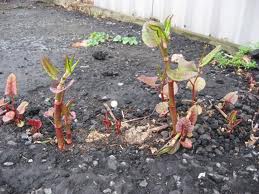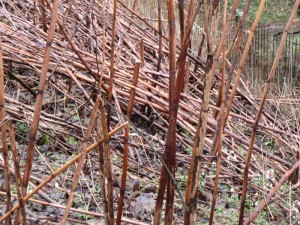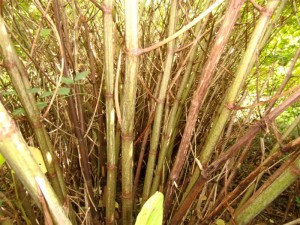What Is Japanese Knotweed?

An invasive weed that can grow and spread quickly. It can cause problems in construction as it is capable of pushing through concrete and drives and causing structural damage to buildings.
It was introduced to Britain by the Victorians as an ornamental plant but it is native to a number of south east Asian countries where it grows mainly on the slopes of somewhat infertile volcanoes where it causes little problem.
The plant is a perennial – Each year it’s growth dies back in the autumn but the following year it re-appears. The sticks left behind in the autumn can easily be removed and all surface evidence of the plant could therefore disappear but the following spring it will re-grow.
An invasive weed that can grow and spread quickly. It can cause problems in construction as it is capable of pushing through concrete and drives and causing structural damage to buildings.

It was introduced to Britain by the Victorians as an ornamental plant but it is native to a number of south east Asian countries where it grows mainly on the slopes of somewhat infertile volcanoes where it causes little problem.
The plant is a perennial – Each year it’s growth dies back in the autumn but the following year it re-appears. The sticks left behind in the autumn can easily be removed and all surface evidence of the plant could therefore disappear but the following spring it will re-grow.
The plant is a perennial – Each year it’s growth dies back in the autumn but the following year it re-appears. The sticks left behind in the autumn can easily be removed and all surface evidence of the plant could therefore disappear but the following spring it will re-grow.

How Do You Identify Knotweed?
Spring – Shoots appear rapidly – can grow 10cm a day. Canes soon form and the leaves unfurl.
Early Summer – By now mature canes up to 3m high have formed. Canes are hollow and have a distinctive speckled colour. Leaves are generally heart shaped and have a flat rear edge.
Mid Summer – Small white flowers will have formed but the plants are not thought to be fertile and spread by growth and mechanical means.
Autumn – The leaves fall away leaving dead looking canes which often remain standing through winter unless removed.
Japanese Knotweed and The Law
Japanese Knotweed is covered by two pieces of legislation within the UK. These are:

Wildlife and Countryside Act 1981
Listed under Schedule 9, Section 14 of the Act, it is an offence to plant or otherwise cause the species to grow in the wild.
Environmental Protection Act 1990
Japanese Knotweed is classed as ‘controlled waste’ and as such must be disposed of safely at a licensed landfill site according to the Environmental Protection Act (Duty of Care) Regulations 1991. Soil containing rhizome material can be regarded as contaminated and, if taken off a site, must be disposed of at a suitably licensed landfill site and buried to a depth of at least 5 m.

An offence under the Wildlife and Countryside Act can result in a criminal prosecution.
An infringement under the Environmental Protection Act can result in enforcement action being taken by the Environment Agency which can result in an unlimited fine.
You can also be held liable for costs incurred from the spread of Knotweed into adjacent properties and for the disposal of infested soil off site during development which later leads to the spread of Knotweed onto another site.
Feel free to Contact Us if you need any more help or advice.
